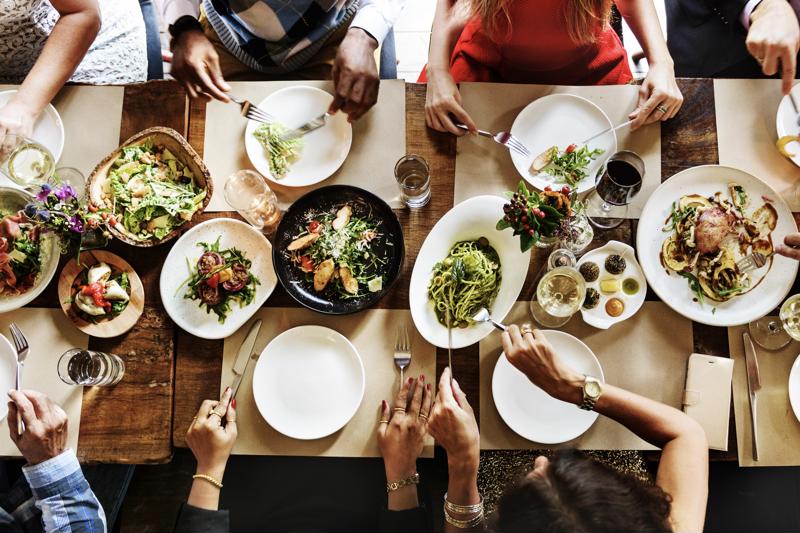Standing out among the competition isn’t easy for most restaurants. Unless the establishment has built a rock-solid reputation over time or managed to make a major splash early on, it can be very difficult to attract new customers.
Consistency in all operations, good food and friendly service are all vital for a shot at success, but there’s another element that can help – something that Boulder culinary school students should keep in mind as they graduate and move into the culinary world. The story behind items on the menu, as well as the restaurant itself, can be an important part of connecting with potential customers and bringing repeat business back.
 A strong narrative within a restaurant helps to attract customers and guide marketing efforts.
A strong narrative within a restaurant helps to attract customers and guide marketing efforts.How a good story builds a restaurant’s reputation
Industry publication Restaurant Business pointed out that many of the top independent restaurants in the country – those with five or fewer locations – have a story behind their creation, development or operations that’s incorporated into menus, websites and may other marketing. By developing a narrative that distinguishes a restaurant and makes it unique, customers can be led toward a more singular experience that would be difficult or impossible for competitors to replicate.
Black Cat, a farm-to-table bistro in Boulder, is a local example of how this strategy can be applied to a variety of restaurants. The bistro offers an explanation of what sets it apart. In terms of food, it focuses on chef Eric Skokan and wife Jill’s dedication to providing fresh and local produce and protein via their 130-acre Black Cat Farm as well as foraging. It also touches on Eric’s concept of Front Range Cuisine, which emphasizes organic ingredients found in Colorado. They note the food at Black Cat is “simply an expression of the land and the season,” and the menu therefore changes on a daily basis.
The restaurant’s story goes beyond these foundational concepts, however. The owners emphasize the family partnership that leads the restaurant and associated businesses, charitable organizations Black Cat supports, and even an explanation of the restaurant’s name – it sits on 13th Street. By building a rich narrative that touches on many aspects of day-to-day operations and overall philosophy, the business has a consistent starting point for a variety of marketing efforts as well as a way to set itself apart from competitors and attract new customers.
How can you build a narrative around your food and restaurant?
Not every restaurant has such a strong background to draw on as Black Cat, but there’s almost always something that can set it apart from others in the area. Does your restaurant:
- Occupy a historic or unique building?
- Have a history serving a particular type of customer or the community as whole?
- Take a particular approach to sourcing ingredients and/or cooking food?
- Have a theme driving its decor and presentation?
- Offer any signature dishes?
With a good place to start, it’s that much easier to find a way to make your restaurant stand out. This should be a collaborative effort, of course. Involving the restaurant’s ownership – if they’re active on a day-to-day basis – as well as front-of-house management, is vital for keeping everyone on the same page.
In terms of food and menus specifically, head chefs often have a little more latitude to lead the charge. Highlighting fresh ingredients from nearby suppliers, unique preparations, foods with strong local or regional roots and even dishes that are simply favorites among your customers can help build a story around your dishes and provide some encouragement to guests looking for something special.
Developing an engaging story for your restaurant and food requires an understanding of the business side of the culinary world as well as technical excellence in the kitchen. Students at our Colorado culinary school have the opportunity to develop both of these skills in a challenging, engaging environment. Get in touch with us today to learn more.




